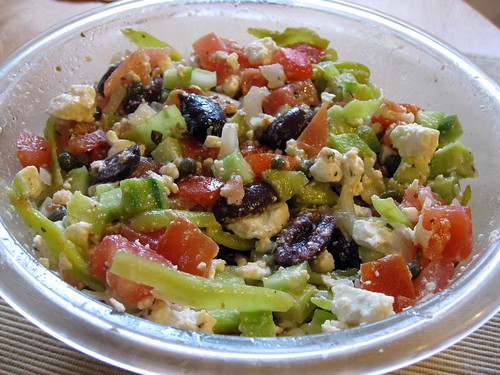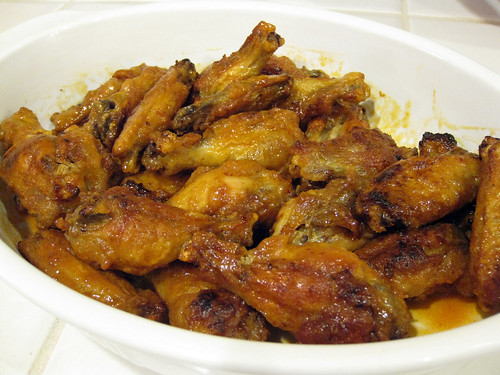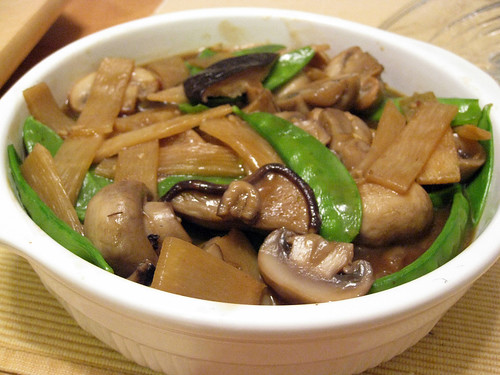“Sunomono” translates loosely as “vinegared things” in Japanese, and over the years I’ve tried a number of recipes to recreate restaurant-style cucumber sunomono at home. After several renditions, I’ve finally come up with my favorite version, which includes the addition of radish sprouts (not pictured but adds a really nice layer of texture and subtle flavor).
I’ve been making this salad a lot lately as the weather is finally warming up in the Bay Area, and we’re enjoying our “summer” as fall approaches.
Ingredients:
2 ounces dried wakame seaweed, soaked in cold water for 5 minutes
2 Japanese or Persian cucumbers, thinly sliced
1 bunch radish sprouts, cut in half
4 tablespoons rice vinegar
4 tablespoons dashi broth
3 tablespoons soy sauce
1 tablespoon mirin
1. Lightly squeeze excess water from the wakame and roughly cut into bite-size pieces.
2. Mix the rice vinegar, dashi, soy sauce, and mirin in a small saucepan and bring to a simmer to evaporate the alcohol and sharpness of the vinegar. Immediately remove from heat and cool to room temperature.
3. Arrange the wakame in a serving bowl and garnish with the cucumber and daikon sprouts. Pour dressing over and serve.





